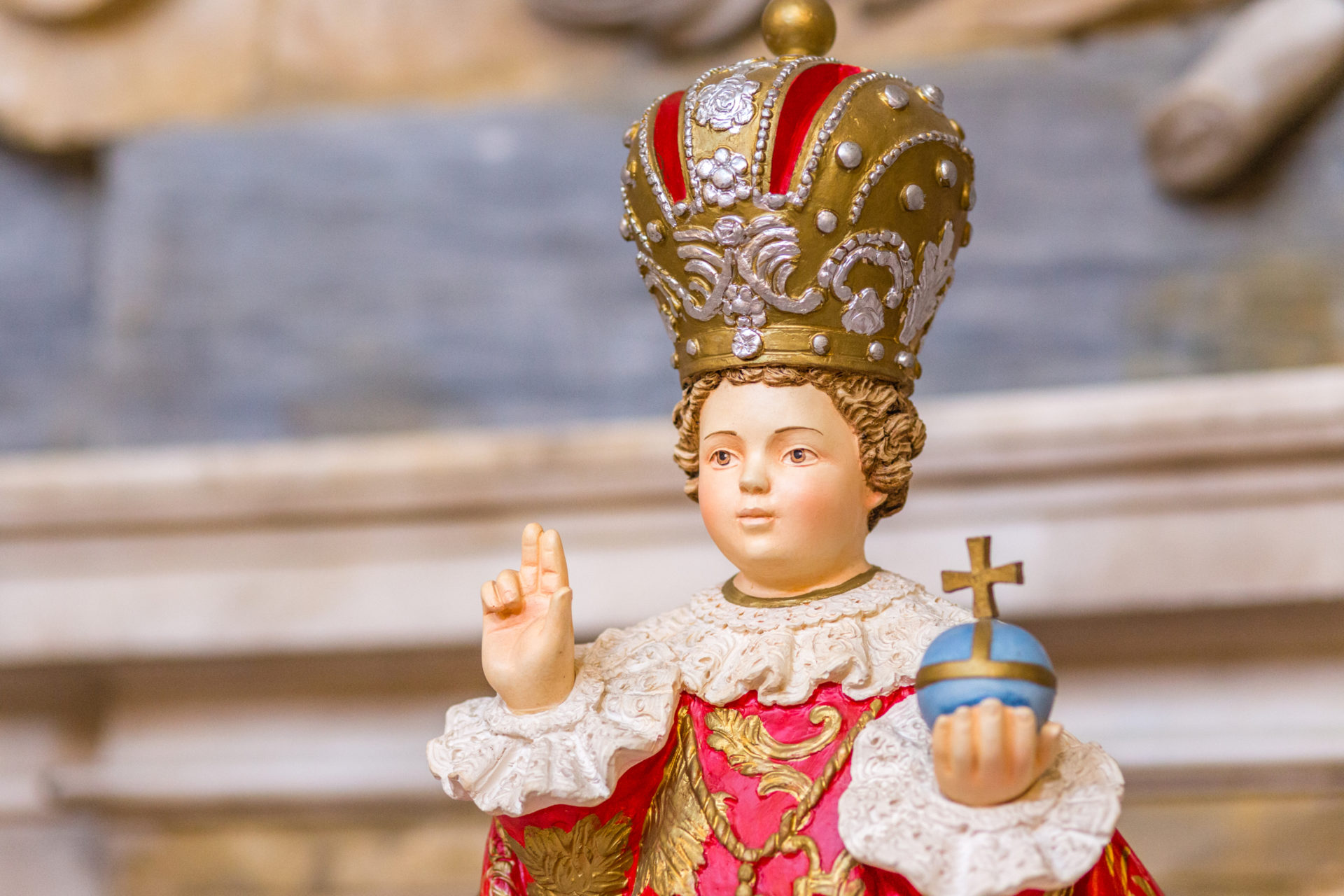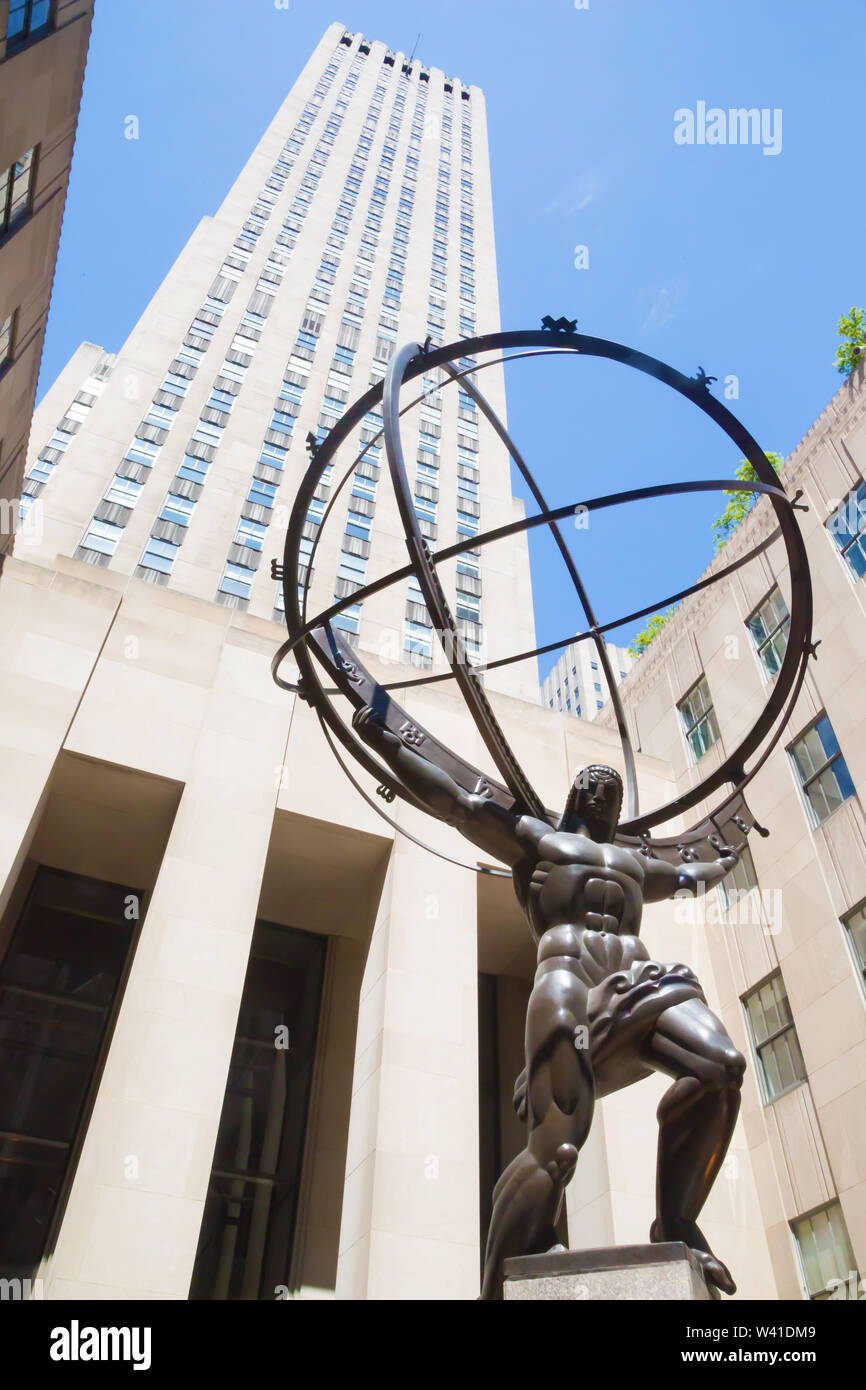Christological Titles – Savior
Thesis
Cast out. Forsaken. Banished. Condemned. These are very real human emotions experienced by all of us. They sneakily grab us from behind at the workplace. Slowly, but destructively, they creep into our marriages. As a silent fog they roll in and obscure a once meaningful friendship. Unknown faces in everyday places, forced upon us in our daily coming and goings, blindside us with the harshness of indifference. These damnations lurk, never knowing who will unravel our life next. Reproaches are difficult to bear; impossible when it comes from the very hand of God.
Sorrowfully, that was the curse of Adam and Eve. Pitifully, we live in their shadow this day. Their sin then is our sin – idolatry. Eve questioned the authority of God when she responded to Satan’s inquiry, “Did God really say?” Adam followed suit and ever since we too have been questioning God. It may not be as overtly as Eve, but in our own subtle ways we question God, or even worse set ourselves up as self-proclaimed gods.
In our sense of self-righteousness, we are quick to say we are sinners, though, if asked, we would find it most difficult to articulate a transgression. This is readily based upon carrying with us a pick-and-choose Bible. We adamantly adhere to those scriptural passages in which we are in agreement and coincide with our life-style, simply excusing away those that are discomforting.
In many ways we have done as Thomas Jefferson has, but just not as systematically. Thomas Jefferson believed that the ethical system of Jesus was the finest the world has ever seen, though he sought to separate ethical teachings from religious dogma and other supernatural elements that are intermixed in the accounts of Jesus’ life provided by the four Gospels. He presented his selected teachings, along with the essential events of the life of Jesus, in one continuous narrative. The abridgement what was originally titled The Life and Morals of Jesus of Nazareth, is now commonly known as The Jefferson Bible.
Describing his synthetization Thomas Jefferson wrote in a letter to Charles Thomson, secretary of the Continental Congress and signer of the Declaration of Independence, as “a paradigma of his doctrines, made by cutting the texts out of the book and arranging them on the pages of a blank book, in a certain order of time or subject. A more beautiful or precious morsel of ethics I have never seen.” He told John Adams, the first vice-president of the United States, that he was rescuing the Philosophy of Jesus and the “pure principles which he taught,” from the “artificial vestments in which they have been muffled by priests, who have travestied them into various forms as instruments of riches and power for themselves.” After having selected from the evangelists “the very words only of Jesus,” he believed “there will be found remaining the most sublime and benevolent code of morals which has ever been offered to man.”
Substitute the name Jefferson with your own proper name, this author included, and we are placed beneath the tree accompanying Eve, a baffled Adam, selectively reading the Bible, discarding uncomfortable scriptural passages, questioning the mandates of our Creator, to justify our debauchery. And so it was, beneath the tree the first couple could no longer remain. With God pointing finger of judgment directed the path of the first couple, and subsequently us this day, into the acidity of life beyond utopia, they left with these words of castigation echoing in their ears, “‘See, the man has become like one of us, knowing good and evil; and now, he might reach his hand and take also from the tree of life, and eat, and live forever.’ Therefore the LORD God sent him forth from the Garden of Eden, to till the ground from which he was taken. He drove out the man; and at the east end of the garden he placed the cherubim, and a sword flaming and turning to guard the way to the tree of life.” (Gen 3:22-24)
We are all sinners desperate for the redemptive powers of a savior. In Judaism “savior” is occasionally used in recognition of a national hero who delivered the citizens of the land from peril. In one episode of national crisis, the Hebrews were suffering unmercifully under the reign of the king of Aram, “Therefore the LORD gave Israel a savior, so that they escaped from the hands of the Arameans…” (II Kings 13:5) Rarely is it implicitly used in reference to God Himself, and then only in times when the deity acted as a great deliverer. In a time of awful tribulation Isaiah recounts these words of the Creator, “For I am the LORD your God, the Holy One of Israel, your Savior.” (Is 43:3)
The root meaning of the word savior in Hebrew is “helper,” preserver,” “deliverer.” This message was carried into the writings of the first century Christians, who readily applied it to Jesus who was recognized as God. In the Greek the name Jesus means “to help,” “to preserve,” “to save.” This is why Matthew can unabashedly open his gospel confessing that God spoke to Joseph in a dream regarding his newborn with the declaration, “…and you are to name him Jesus, for he will save his people from their sins.” (Mt 1:21) In the first sermon Peter preached, he defined the saving work of Jesus in terms of “remission of sins.” (Acts 2:38)
The Christological title of “Savior” is closely connected to “Jesus” and “Messiah,” but it does stand alone with specific nuances. Jesus realized that as the Savior he came “to give his life as a ransom for many.” (Mt 20:28) Jesus as Savior once again aligns men and women with God in a fellowship of love. This experience, properly understood, affects life in all of its aspects. It has brought forth a new perception of personality and all of its rich possibilities that were surrendered in the Garden. As the Apostle Paul relates, we are “free from the yoke of bondage” to sin. (Gal 5:1)
To be free. In Rockefeller Center across Faith Avenue from St. Patrick’s Cathedral in Manhattan, is a two-ton statue of Atlas, cast in 1936 by Lee Lawrie and Rene Chambellan, balancing the world on his shoulders. Breathless, sweat beaded brow, strained tendons, muscles taunt from the burden, Atlas unbearably bears the grievances of the world. A relentless burden from which he will never be relieved. He does this in punishment from for defying Zeus, the king of the Greek gods and the ruler of Mount Olympus.
Inside the cathedral is a statue of Jesus. As you enter, it is the first statue along the left side of the sanctuary. It is titled, “Infant Jesus of Prague.” The original eighteen-inch statue was commissioned by Princess Polyxenea von Lobkowitz to Our Lady of Victory Church in Prague in 1628. The statue was donated to the New York City cathedral in 1950. It is a child, effortless holding the globe in his left hand. In the simplicity of faith the child Jesus effortless sustains the trespasses of the world. His right hand, as so often depicted in art, has his fingers spelling the name of Jesus Christ using the first two Greek letters of his name.
Endowed with self-confidence and self-reliance, bolstered by a spirit of individualism, we shall remain forever as Atlas, unless we can seek restoration in the Garden. To do so is as easy as the child Jesus holding the world dexterously in the palm of his hand. It means when Zeus, or for us Satan, peers down to us from a tree branch, apple in hand, we acknowledge a far greater God who is our Lord and Savior.
Savior. We are liberated from imitating Atlas in our lives, bending under the millstone of sin, remorse, guilt. Redeemed, we are unrestrained to recapture the innocence of a child.
Adam and Eve were deported from the Garden and denied access to the Tree of Life. Forever banished, absent for them was of any expectation of eternal life. It would have ended there, though the sentence that was left unfinished in Genesis, was completed in the last chapter of the last book of the Bible, when the question mark in the Book of Genesis was transposed to an exclamation point in the Book of Revelation. John the Seer reports that if we have put on the white robe of martyrdom, literally or figuratively, the pathway into the garden will once again be ours to traverse. “The Unfinished Sentence,” as this theological treatise between Genesis and Revelation is referenced, knows completion when the Savior pontificates over creation, “Blessed are those who wash their robes, so that they will have the right to tree of life and may enter the city by the gates.” (Rev 22:14)
Infant Jesus of Prague statue in St. Patrick’s Cathedral – Note: The fingers of his right hand spell Jesus Christ using the first two letters of Greek alphabet IESOUS CHRISTOS
Atlas Statue at Rockefeller Center

